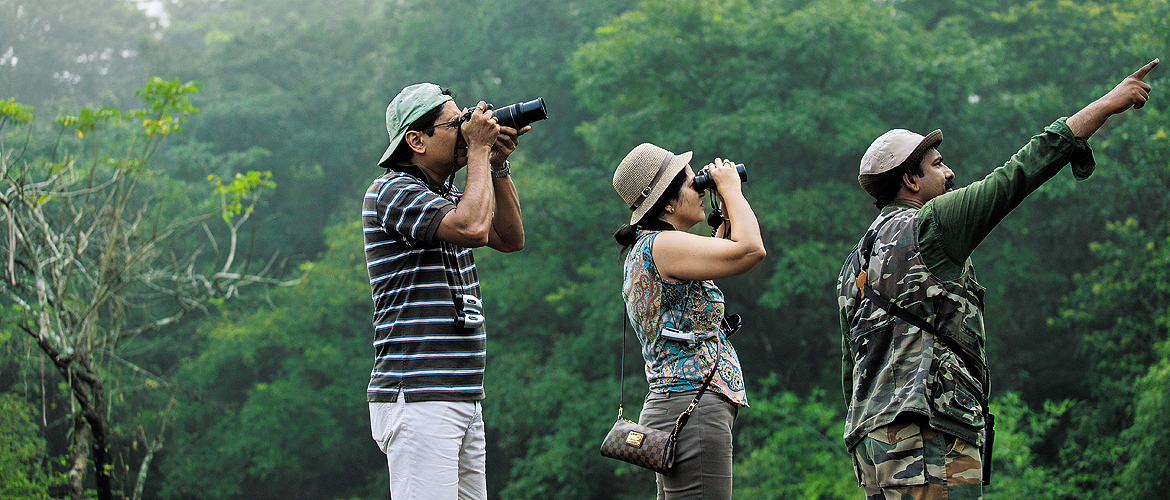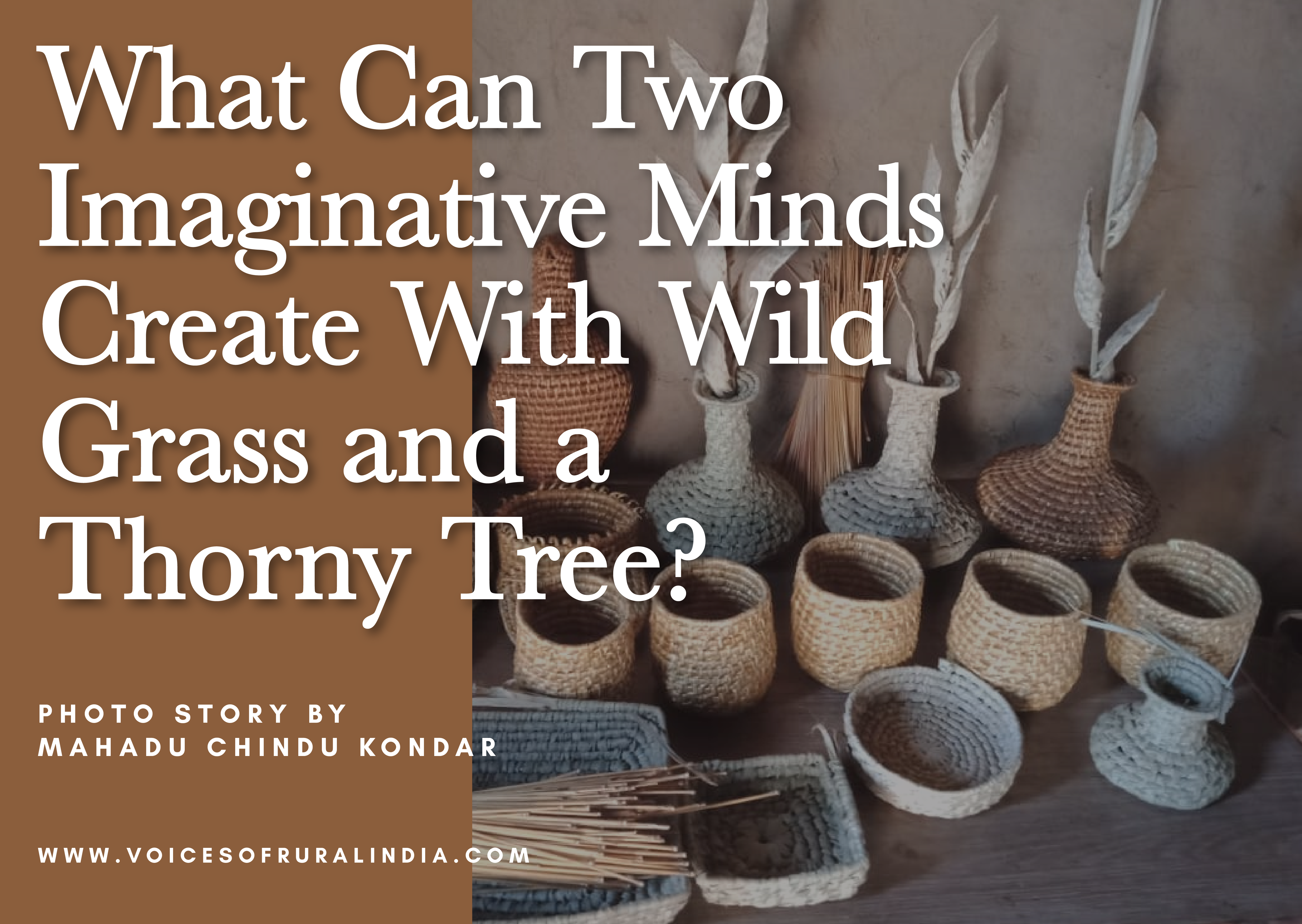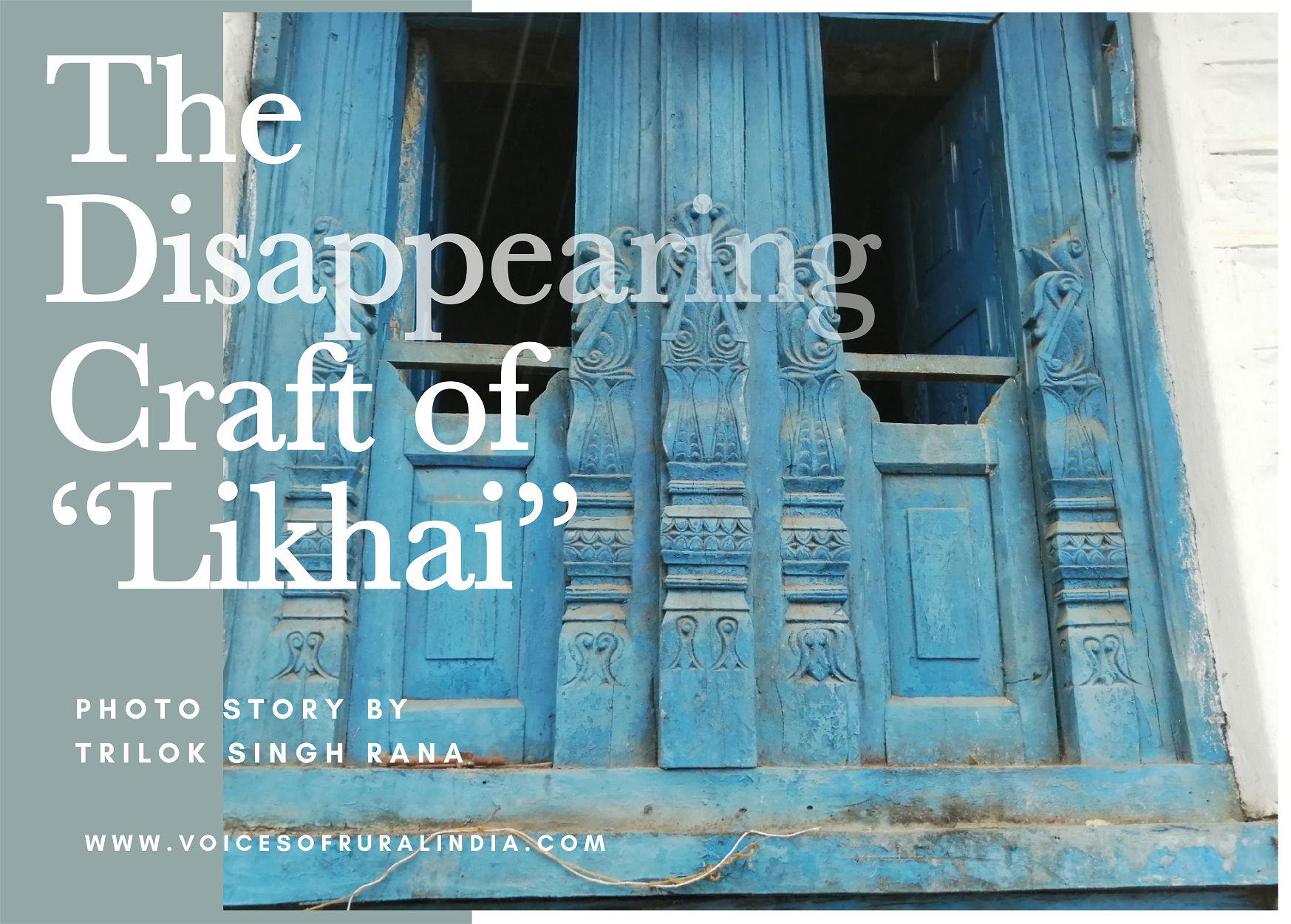
The Hornbill Campin Thattekkad blends in seamlessly with its pristine environs\\n
Hush, no noise, don’t disturb, don’t go closer,” Abhilash’s instructions kept coming as the dry twigs and leaves gave a loud cry under our feet. We lifted some branches to reach a small space from where we could see the Sri Lanka frogmouth couple cuddled wing-towing. They were sleeping on a branch, blending in beautifully with the greens and browns. Naturalist with the Hornbill Camp, Abhilash V.S. spoke in hushed tones, “If disturbed, this pair will change its habitat. They know we are here. They can see us peering at them. If we go a little closer, they will probably fly away. These nocturnal birds often fall prey to unethical hands.” The harsh truth of treasured surroundings. The paradisiacal Dr Salim Ali Bird Sanctuary brings Thattekkad to life as chirps and tweets lure many nature lovers here.

Thattekkad literally means ‘flat forest’. Located between branches of the Periyar river, the sanctuary here is the richest bird habitat on peninsular India, as per Dr Ali’s accounts. Well, from what we saw, it certainly was.
The day had begun well, as we were celebrating the birdman’s birthday just the way he would have liked it–by watching birds. Standing high on the rocks, we watched many take flight, land on trees, chitter chatter, eat breakfast, add colour to the surroundings and escape our gaze. Luckily, the Malabar grey hornbills were the biggest of the lot and flew over our heads many times. The smaller ones flitted about a lot and my untrained eyes had taken some time to figure out the swift movements. The fluttering leaves were the biggest clue to their movements.
Suddenly Abhilash called out, pointing to two tiny dots on a tree far away. It was a pair of black baza. This was his first sighting of this migratory pair in the season. And then shrubs closer to the feet moved. The neck turned downwards and eyes observed the antics of the orange-headed thrush. But eyes and neck turned constantly, following the movements of the black-naped oriole, greater racket-tailed drongo and the India pitta. Tweet, eewww, chi, chi, caw, caw... I was frowning at the elusive birds hiding in the foliage.
It was a green trip and just a few hours earlier, I had been watching the leaves falling from the different trees at the camp. Every hour the ripples in the gentle river had changed shape and size. The reflections of the mountain range, quite far from the Hornbill Camp, had moved in the emerald waters. Sitting in the open reception area, I had felt the doctor’s ‘watch greens’ therapy for stress work wonders. My eyes had shut the world out. My mind had stopped its constant train of thoughts. I had never felt so relaxed after an hour’s nap in the open.
But the credit also goes to the Hornbill Camp. This wise guardian of these fragile surroundings neither encourages alcohol intake nor allows a bonfire on its premises. It goes without saying that smoking is not welcome, and loud music and TV are strict no-nos. The muted olive tents don’t jar and light home-cooked food helps nature lovers stay alert. Kayaking, cycling, plantation walks, bird watching in the nearby Dr Salim Ali Bird Sanctuary–that’s all you need to do here, besides the eating and sleeping, of course.

As my eyes opened, I spotted the red kayak, breaking the emerald wave, with Selva clicking away and Vineeth from Kalypso Adventures rowing slowly. Then it was my turn to go kayaking with Vineeth, ignoring the blazing overhead sun. Even as Vineeth instructed me, I rowed slowly through the still waters to reach a lagoon-like area. He pointed out the elephant dung on the shore; the redwattled lapwings were busy in another direction. Revelling in the ‘no humans’ surroundings, hearing the water lap against our red kayak, I could have stayed there till eternity.

From water to land, Selva and I went with Abhilash to make our acquaintance with some plants, rubber trees, insects, signature spiders, birds and Joey in a nearby plantation. The jungle babblers were gossiping about us for sure, for I could not find any reason for the cacophony. Slashed rubber trunks, cups to collect sap and blue plastic umbrellas over them to prevent them from drying, rubber came out slowly. Then Abhilash took us to a hut to show what happens after the sap is collected. A man spoke to him rapidly, seemed agitated, but not quite. Apparently Joey wanted to help and his face broke into a smile, seeing my hard stare. With my eyes on the smile, I ended up walking over some brown ants, jumping at the painful stings.

Crushing some leaves, Abhilash held them under our nose–the distinct smell of clove. Then he pointed out pineapples, jackfruit high up, coffee beans, cocoa pods, cashewnut trees, betelnut, long pepper and nutmegs. These spices can grow along with rubber trees with ease. Our walk ended at a Shiva temple., closed for the afternoon. Even as the sun bid goodbye, the crickets had begun their conversations. Dinner was early and we chatted with Dan and Jaya from Australia about our countries. This was their first trip to India and our talk about organic farming was gently interrupted by Suresh, the camp manager. It was a reminder for an early morning date with the birds. And only that could get us to go to bed like good children.
The Information
Getting There
Kochi’s Nedumbassery airport is 44km from Thattekkad. Air India, Jet Airways, IndiGo, SpiceJet, etc have regular flights from major cities. The closest railway station is at Aluva. You can take a bus or hire a taxi from the airport or the railway station.
The Camp
At the Hornbill Camp, activities such as kayaking, cycling and a spice plantation visit are included in the tariff: from ₹5,750 per person, inclusive of meals. Use of the AC is charged at ₹850 per tent per night. Contact: 0484-4012669, 9895026679, thehornbillcamp.com.
What to See & Do
There are, of course, several birding trails and one can explore the area on bicycle. Kalypso Adventuresorganises cycling and trekking, kayaking, birding and wildlife tours, eco and culture holidays (kalypsoadventures.com). The Dr Salim Ali Bird Sanctuary has some 280 species of water and land birds. Among the more frequently sighted are the black-headed oriole, bronzed drongo, ash tail, kingfishers, Ceylon frogmouth, chestnut-headed bee-eater and emerald dove. There are leopards, elephants, sloth bears and porcupines in the forest. One can also explore Cheria Pally Church, Bhoothathankettu Dam as well as some of the stunning waterfalls in the region.






